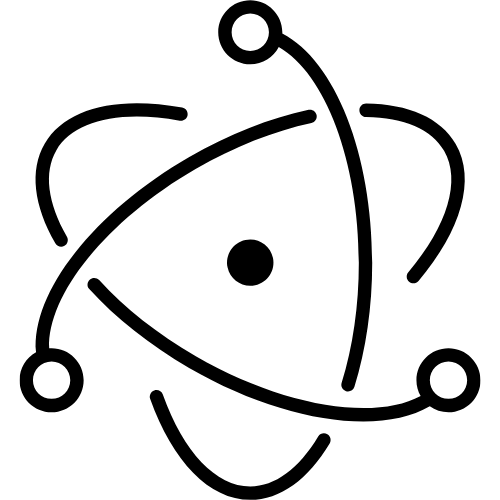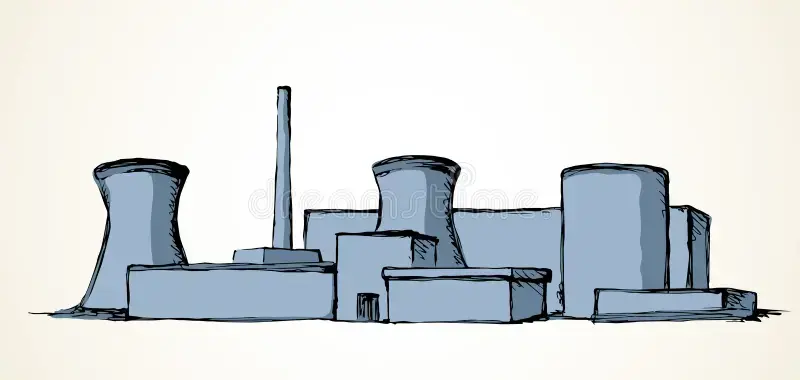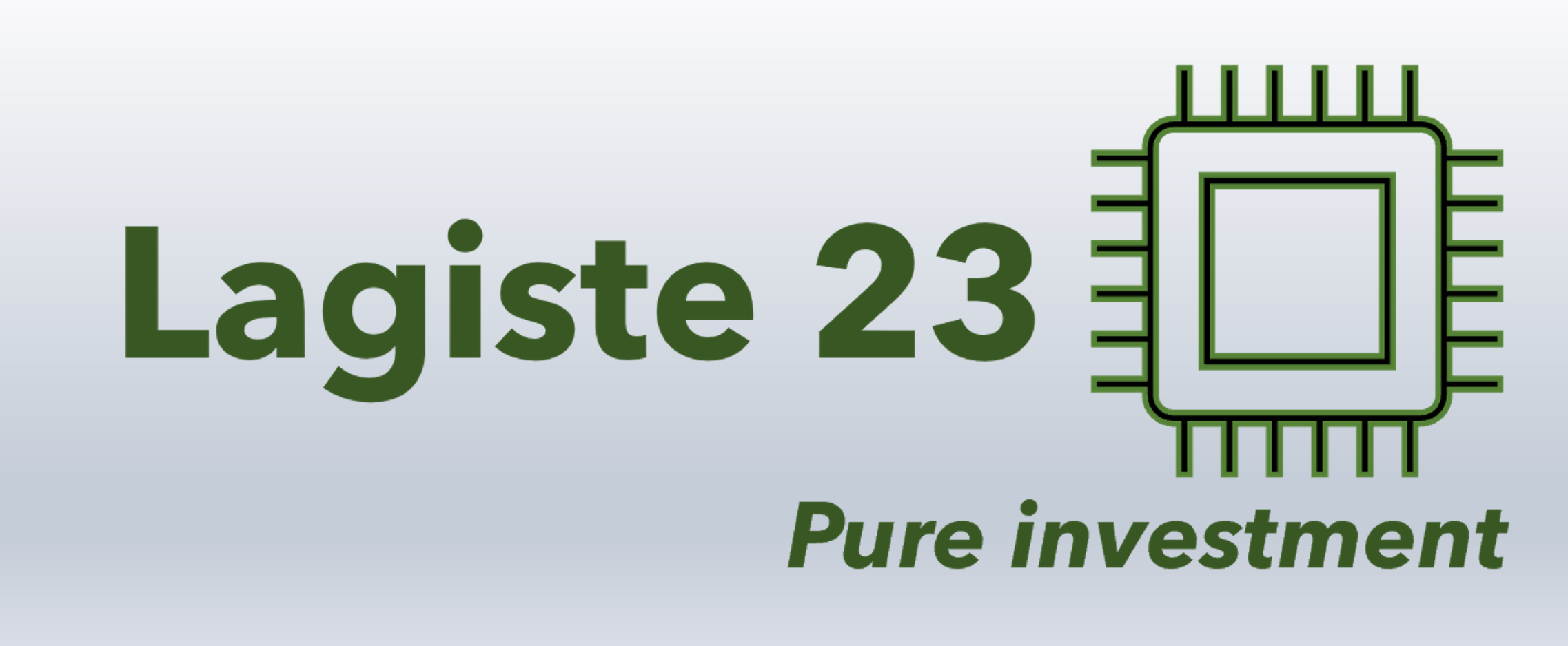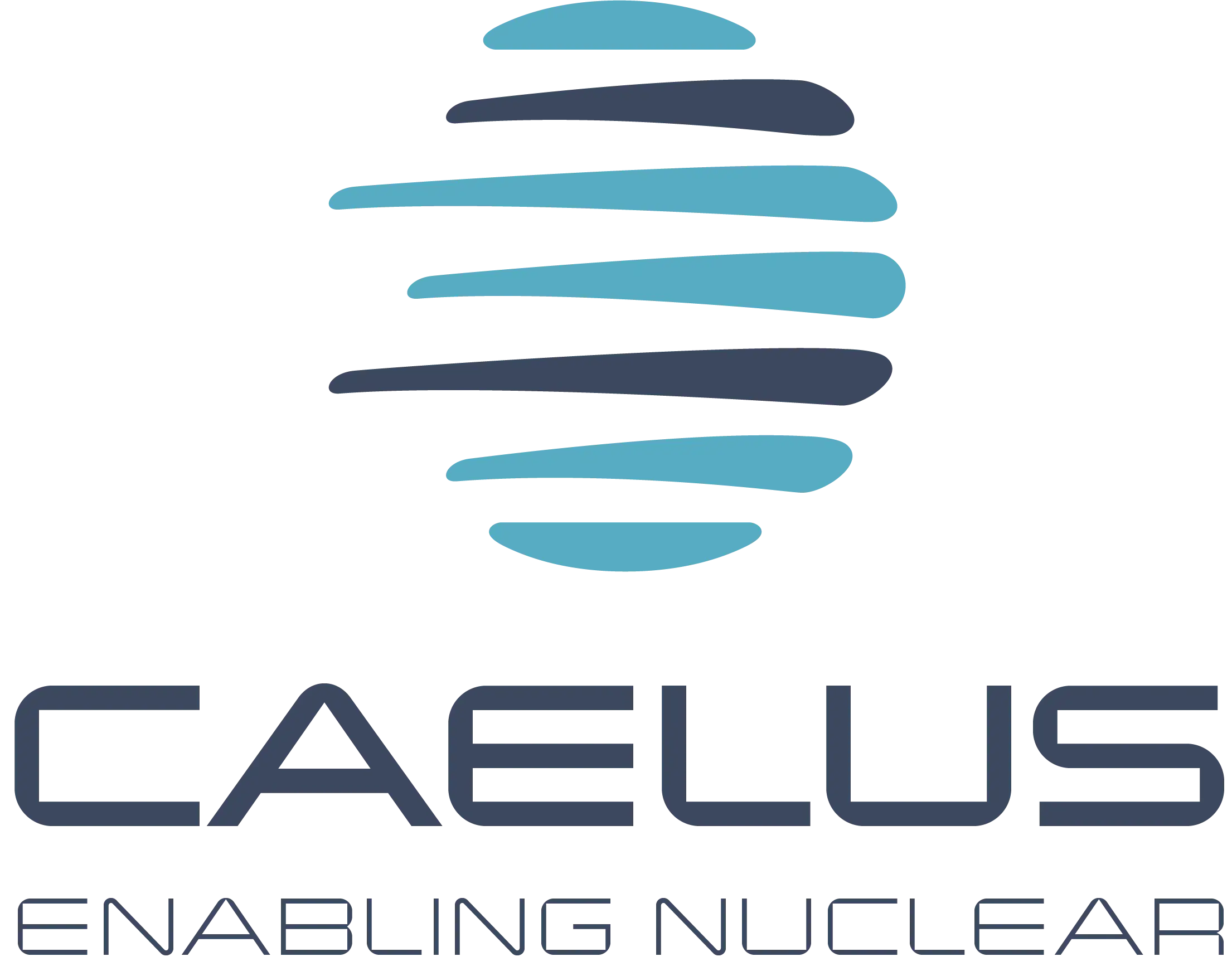In the nuclear field, complexity and risk are ever-present. Processes range from radiation protection to waste management, from safety analysis to dismantling of legacy facilities. Underlying all these tasks is one critical resource: expert knowledge. Over decades, specialists have developed deep institutional memory, but as senior staff retire, that knowledge can vanish. At the same time, the sector faces increasing pressure: tighter regulatory requirements, demands for efficiency, and calls for transparency.
Artificial intelligence (AI) promises a path forward. Rather than replacing human experts, AI can act as a knowledge amplifier, curator, and facilitator. It can help structure domain knowledge into accessible formats, adapt it to users of varying expertise, and preserve it for long-term use.
How AI can meet nuclear needs
Modern AI methods, especially large language models (LLMs), knowledge graphs, and digital twins, are increasingly being explored in nuclear research and practice. Across reactor operations, safety, decommissioning and more, studies show promising use cases:
- AI-based predictive maintenance and anomaly detection in reactor systems
- Optimization of reactor design, simulation acceleration and safety margins
- More robust radiation detection and image-based analyses
- Use of digital twins to model nuclear plants or support robotics in decommissioning
At the institutional level, the IAEA has published guidelines and reviews on AI in nuclear applications, highlighting priorities and challenges such as data quality, explainability, trust, and safety. The OECD NEA has launched a joint AI platform for nuclear research and education, focusing on data, benchmarking, and training pillars.
Even national regulatory bodies are engaging: in the U.S., the Nuclear Regulatory Commission (NRC) organizes workshops to explore AI’s potential and risk in regulation and operations. At the same time, the nuclear industry in Germany is facing a pronounced skills shortage, especially in decommissioning. Recognizing this, organizations have begun exploring how to make existing expertise more accessible to future generations.

The role of modular AI knowledge platforms
A promising route is the construction of modular, AI-based knowledge platforms designed for the nuclear domain. These systems would:
- Provide level-adapted training and dynamic feedback to learners
- Enable intelligent search and navigation through complex technical content
- Host AI-driven “digital lecturers” and tutoring agents
- Store expert knowledge in structured, traceable form
- Interface with existing digital systems to support real-world workflows
- Encourage interdisciplinary networking across academia, industry, and regulators
Such platforms do not claim to be panaceas; instead, they serve as scaffolding for preserving and augmenting expertise. One such initiative is KIKO in Germany. KIKO is being developed to blend AI and human intelligence, creating digital twins of expert knowledge and allowing new personnel to be onboarded via AI-supported learning environments. It aims to reinforce competence in nuclear domains (not limited to dismantling) through structured learning, knowledge conservation, and interoperability with systems like the KISS project.
KIKO exemplifies the broader shift: treating AI not as a fixed solution but as an enabler platform that can evolve with new use cases in radiation protection, waste handling, safety analysis, and more.

Challenges and considerations
Deploying AI in the nuclear field brings major responsibilities. Some of the key challenges include:
- Data quality and bias: Nuclear data is often sparse, heterogenous, and subject to high integrity requirements. Models must be trained carefully.
- Explainability & trust: Users must understand and trust AI outputs, especially in safety-critical domains.
- Lifecycle management & safety alignment: AI systems must be designed with robust versioning, monitoring, validation, and alignment with nuclear safety regimes.
- Regulatory acceptance: AI integration must align with regulatory expectations and oversight frameworks.
- Cybersecurity and adversarial risks: AI systems must be hardened against manipulation or attacks.
- Interoperability & standards: To avoid silos, AI systems should interface well with existing platforms and data standards.
These challenges are well-known in the AI-nuclear nexus space. For instance, recent policy dialogues, like the SIPRI workshop on the AI–nuclear nexus (June 2025), are actively shaping the research agenda and governance landscape.
Looking ahead: just the beginning
While decommissioning is a major demonstration case, the road ahead is much broader. AI can support every stage of the nuclear lifecycle, from design and licensing to operations, safety, waste, and beyond. Early successes in reactor calibration (e.g. AI-enabled neutron flux estimation in BWRs) testify to the practical potential. The future of AI in nuclear is not about experts, it's about preserving, strenghtening and amplifying them. As platforms and research evolve, we may see AI agents that assist in decision-making, auditability tools for regulators, or knowledge infrastructures that scale across national borders. In this evolving landscape, projects like KIKO are more than pilots, they are beacons, showing how the nuclear sector can begin to embrace AI responsibly, securely and with scientific integrity.










